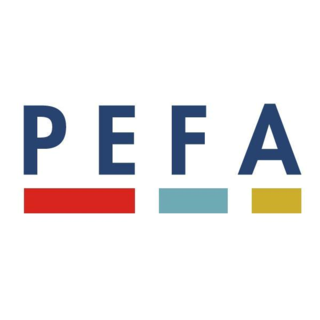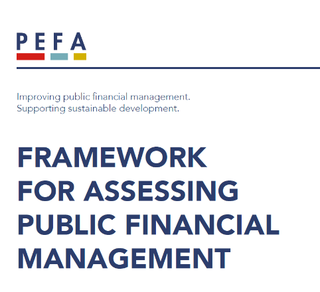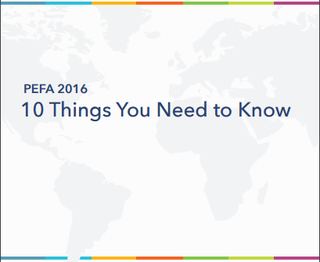Posted by Lewis Hawke [1] and Urška Zrinski [2]
After four years of development, consultation and testing the PEFA 2016 Framework was released on February 1, 2016. [3]
What is so special about PEFA 2016? What do users think of it? How can it make a difference in understanding and improving public financial management?
These are just some of the questions that will be explored during the PEFA conference and training event in Budapest, Hungary, from April 26-29, 2016. Over 250 delegates from around 50 countries will participate in the event.
Governments that have tested the upgraded methodology at national and subnational levels will talk about their experiences and impressions of PEFA 2016. There will also be discussion of how PEFA has been used to contribute to PFM reform and a presentation of success stories.
The event will also look into the relationships between PEFA and other PFM diagnostic tools. These tools include
- The IMF's Fiscal Transparency Code and Evaluation (FTE), the PPP Fiscal Risk Assessment Model (P-FRAM), the Public Investment Management Assessment (PIMA), and the Tax Administration Diagnostic Assessment Tool (TADAT).
- GIFT’s Indicators of Public Participation in Fiscal Policy.
- OECD’s Principles of Good Budgetary Governance.
- IBP’s Open Budget Survey.
- The performance measurement framework prepared by the International Association of Supreme Audit Institutions (INTOSAI).
- The World Bank’s Debt Management Performance Assessment (DeMPA), its procurement assessment framework, and the BOOST initiative to promote open budgets.
There will be a “market place” at the Budapest launch where the diagnostic tools will be displayed and representatives will be available to discuss their characteristics with participants.
The PEFA Partners are looking forward to hearing from participants about opportunities for making PEFA even more valuable to users, particularly in relation to subnational government assessments, using PEFA to support PFM reform, how PEFA can help to improve accountability and internal control, and potential new directions and “add-ons” to complement and enhance the core framework.
The two-day PEFA training, organized back-to-back with the conference (April 28—29) offers the chance to examine the details of PEFA 2016 and understand how it can be applied. Training participants will put the methodology into practice by scoring PEFA indicators and learning the 10 key steps for planning, implementing and using PEFA.
The Budapest event is intended to be the start of a new phase of sharing knowledge, lessons learned and success stories about how PEFA can help to improve PFM and support sustainable development goals.
There is still time to register for the event, but anyone who will not be able to join the conference on April 26 and 27 is welcome to follow live report from the event on PEFA Twitter account: https://twitter.com/PEFASecretariat
To learn more about PEFA 2016 go to the PEFA website, www.pefa.org , or contact the PEFA Secretariat at services@pefa.org
For more information on the Budapest event, please go to the event website: http://www.pefaevent.org/
----------------------------------------------------------------------------------------------------------------------------
[1] Head of the PEFA Secretariat.
[2] Public sector specialist, PEFA Secretariat
[3] http://blog-pfm.imf.org/pfmblog/2016/02/upgraded-pefa-2016.html
The PEFA program was initiated in 2001 by seven international development partners: The European Commission, International Monetary Fund, World Bank, and the governments of France, Norway, Switzerland, and the United Kingdom.
Note: The posts on the IMF PFM Blog should not be reported as representing the views of the IMF. The views expressed are those of the authors and do not necessarily represent those of the IMF or IMF policy.








